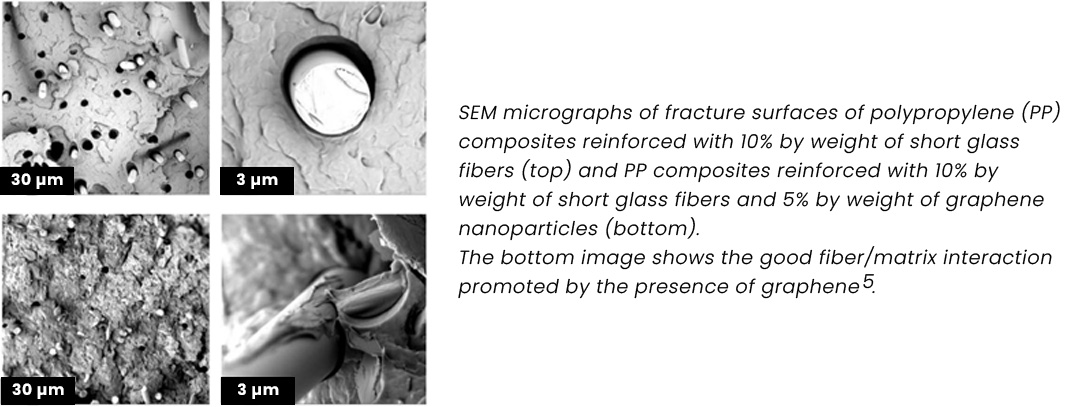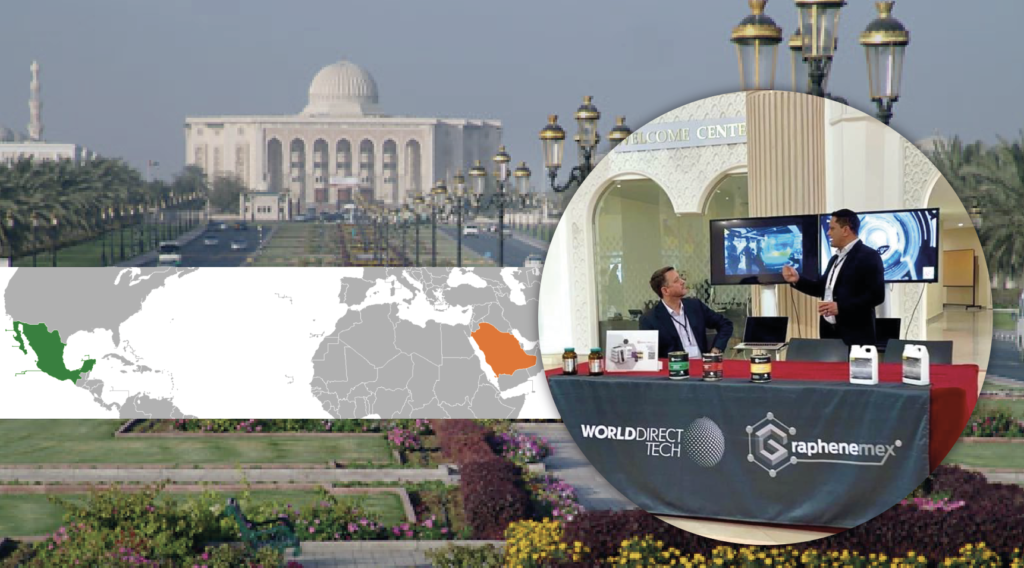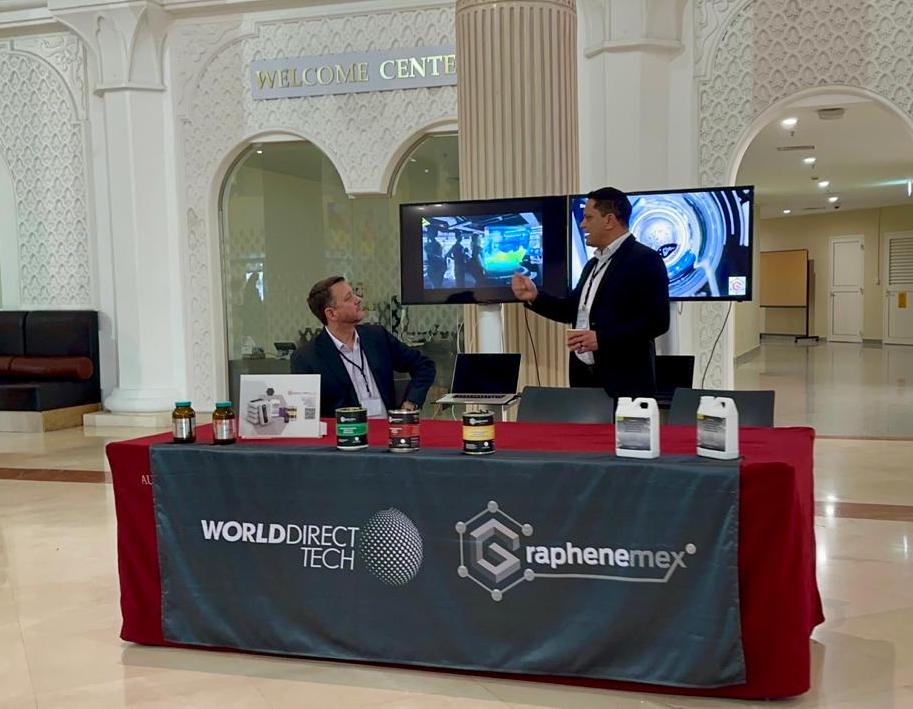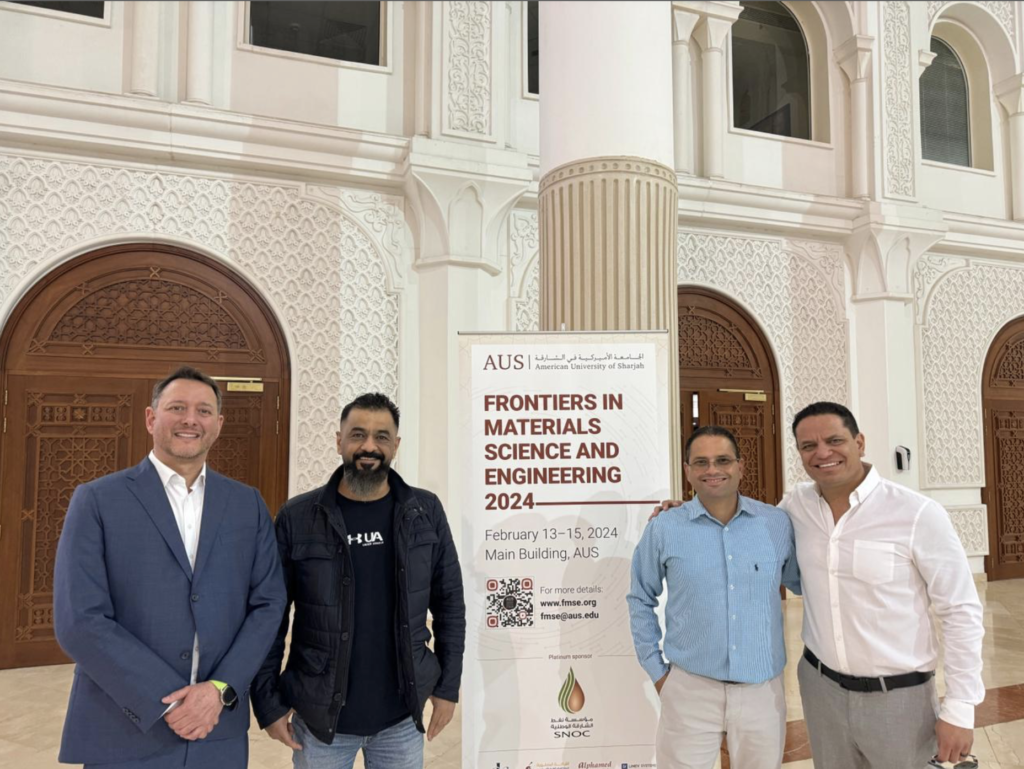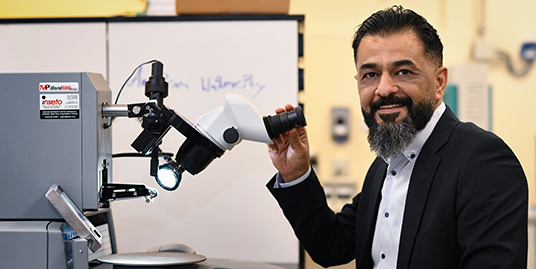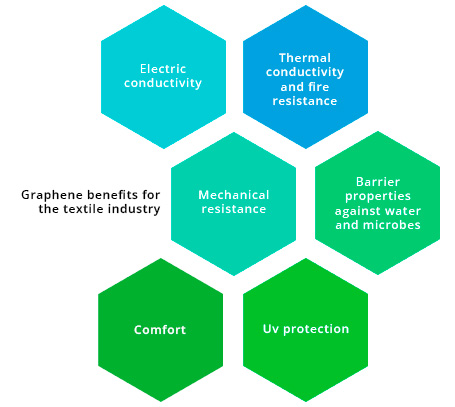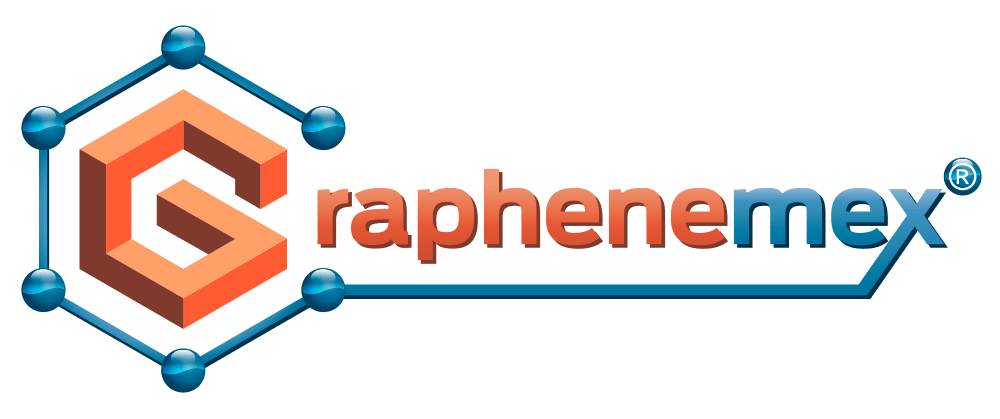Advancing Asphalt Durability:
Harnessing Graphene’s Potential for Sustainable Roads
Most of the the world’s road infrastructure is composed of pavement made from a complex system of asphalt, aggregates, and binders that interact at an interface to maintain its strength and structural stability. According to the Asphalt Institute, 87 million tons of asphalt are produced worldwide annually, with around 85% used in the paving industry, which, while offering great load capacity and durability, inevitably suffers damage from constant exposure to radiation, temperature, humidity, and traffic.
The deterioration of asphalt not only impacts a basic transportation infrastructure crucial for socio-economic development but also involves environmental impacts in terms of resource depletion and high CO2 emissions caused by roadworks. These factors add to the reasons for the constant search for modification technologies that increase durability and improve mechanical properties of pavements using fibers, rubber; additives such as thermoplastic elastomers, plastic and synthetic resins, iron powder, hydrated lime, or glass waste. However, in some cases, the application of these products can present practical problems such as special preparation conditions, low storage stability, difficulty in mixing during construction, and complexity in compatibilizing these components with the asphalt system.
Fortunately, carbon nanostructures such as graphene and graphene oxide (GO) reappear on the scene as proposed solutions to these issues with interesting contributions to asphalt regarding stiffness, anti-aging, deformation, and penetration resistance; reduction in rutting, improved consistency, heat transfer capacity; skid resistance, and even a reduction in the effort required for compaction during preparation.
Additionally, among the advantages of graphene is its ability to be mixed with other asphalt modifying technologies such as low-density polyethylene (LDPE), high-density polyethylene (HDPE), polyethylene terephthalate (PET), polystyrene (PS), granulated rubber, blast furnace slag, epoxy resins, and especially with styrene-butadiene-styrene (SBS), which is one of the most accepted polymers in the asphalt industry, and with which graphene oxide (GO), thanks to its oxygen content, promotes the absorption of aromatics and saturates from SBS with a significant improvement in temperature response, adhesion, and binder stiffness.

Some identified methods that promise to simplify the incorporation of graphene into asphalt mixes are:
- Direct addition method: graphene is added to the previously melted asphalt binder.
- Indirect addition method: graphene and asphalt binder are simultaneously dissolved in a medium solution to later form a uniform solution.
- Auxiliary addition method: graphene is chemically modified with functional groups or added together with other modifying agents to later melt into the asphalt binder.
Although there are few companies that have explored graphene as an asphalt improving additive so far, the extensive research conducted over the past decade is helping to lay the groundwork for understanding and projecting the potential of this technology for the benefit of the paving industry. Even in February 2024, the Infrastructure journal published the results of the ECOPAVE project funded by the European Union, which consisted of a 5-year field test conducted over 1 km of heavy traffic in southern Rome, Italy. For the study, four sections of asphalt pavement with and without additions of graphene-modified polymers were installed. After the 5-year evaluation period, researchers reaffirmed the potential of asphalt modified with graphene polymer as an innovative and feasible technology for high-traffic road paving, as it demonstrated higher stiffness values at different temperatures, better fatigue behavior, and greater deformation resistance, promising an extended lifespan with a significant reduction in maintenance costs.
At Energeia-Graphenemex®, as leaders in graphene application development, we firmly believe that, although there is still work to be done, we are very close to enjoying the economic and environmental benefits that this wonderful technology can bring not only to our streets and roads but also to society.
Draft: EF/DHS
References
- Mechanism and Performance of Graphene Modified Asphalt: An Experimental Approach Combined with Molecular Dynamic Simulations. Case Studies in Construction Materials. 2023, 18, e01749;
- Properties and Characterization Techniques of Graphene Modified Asphalt Binders. Nanomaterials 2023, 13, 955;
- Analysis on the road performance of graphene composite rubber asphalt and its mixture. Case Studies in Construction Materials. 2022, 17, e01664;
- A complete study on an asphalt concrete modified with Graphene and recycled hard-plastics: A case study. Case Studies in Construction Materials. 2022, 17, e01437;
- Effect of Graphene Oxide on Aging Properties of polyurethane-SBS Modified Asphalt and Asphalt Mixture. Polymers 2022, 14, 3496;
- Mechanical Characteristics of Graphene Nanoplatelets-Modified Asphalt Mixes: A Comparison with Polymer- and Not-Modified Asphalt Mixes. Materials 2021, 14, 2434;
- Impact of Graphene Oxide on Zero Shear Viscosity, Fatigue Life and Low-Temperature Properties of Asphalt Binder. Materials 2021, 14, 3073;
- Experimental Investigation into the Structural and Functional Performance of Graphene Nano-Platelet (GNP)-Doped Asphalt. Appl. Sci. 2019, 9, 686;
- Modified Asphalt with Graphene-Enhanced Polymeric Compound: A Case Study. Infrastructures 2024, 9, 39.


